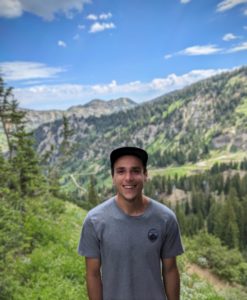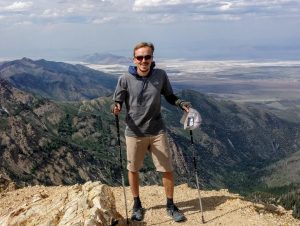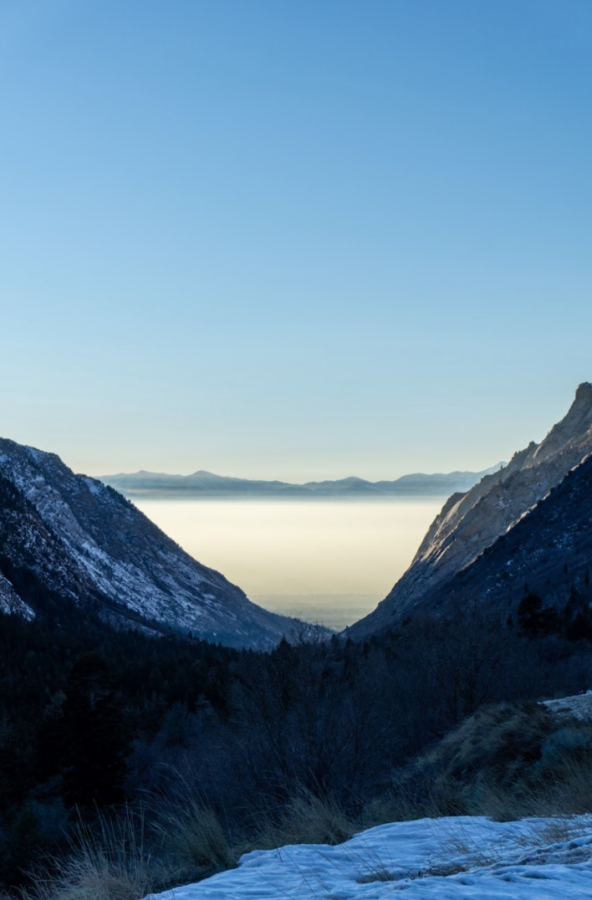Surviving the Smog
At the time of this writing, it hasn’t snowed in weeks. Here in the second week of February, the temperature has hovered around 50, the sky has remained an unfazed blue, and the Air Quality Index (AQI) has hovered in the mid 20s — a healthy number. Though it’s a sign of trouble to come (see: climate change), I can’t help but enjoy it for what it is: a reprieve from the winter we as Utah residents have come to love. You know, the one with heavy snowstorms, salted roads and blackened snowbanks lining the streets. Oh, and the one with smog so thick I can barely see the streetlight at the end of my block. Ah, yes, this is the winter we Utahns are used to, and it’s bound to return sooner or later. This little break from winter’s status quo has allowed us to get outside and enjoy the natural world as we would in mid April or May, when the smog has cleared and the temperatures climb. However, hazy air is a mainstay — an icon, almost — in Salt Lake’s winter months, and will not go quietly away. So, how are we to enjoy our valley once the soot and smoke of smog-filled skies return, as they inevitably will?
Well, if you’re from this city, or have spent any extended winter time here, you probably know the easiest answer: the only way is up. Those of us lucky enough to be able to go skiing and snowboarding know the power that sport holds in escaping the smog (if you haven’t seen the soup that is a polluted Salt Lake Valley from the heavenly position of the Cottonwood Canyons, I promise it’s worth your time). However, I was too close to not being able to afford a pass to any of our local resorts, and understand the expensive nature of the sport.
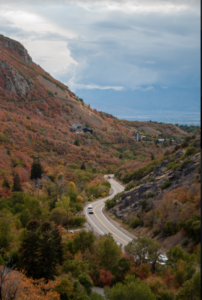
That being said, I’d be remiss if I didn’t mention the irony here: thousands and thousands of cars make the trip up a canyon to ski each weekend, with a great deal of them only holding one or two passengers and their gear. That traffic is no small contributor to the man-made mess they’re trying to escape from. So, if you are taking advantage of the Wasatch for escape, please bring a few friends along and carpool. Or take the ski bus, or ride a bike — anything you can do to help mitigate the smog will only serve to make our valley better. Nevertheless, the canyons — any of them, not just the Cottonwoods — offer an easy escape beyond the world of skiing. Emigration and City Creek are both close to campus, with Millcreek, Neffs, and others a ten minute drive away. Beyond the canyons, most hikes around campus will offer a chance to breathe some fresh air, if you climb high enough.
But what if you don’t want to climb? What if any combination of air pollution and schoolwork has sapped your motivation to exercise? Don’t worry, I’ve been there, there are still ways to escape the smog. Firstly, the canyons are still an option. Especially when the snow has largely melted away, our canyons offer a place to simply go up and sit, away from the smog, for as long as you need (word of advice: don’t try this on a weekend). And as I’m sure you know, Utah is an incredible state. If the smog has you yearning for anyplace other that here, simply hop in the car for a couple hours and you’ll be in the desert — the Wedge Overlook and San Rafael Swell are both within an afternoon’s drive of campus.
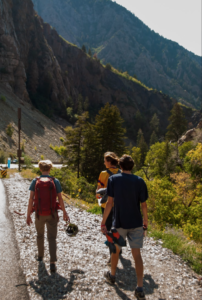
Finally, if none of these are options but you still want to go outside, wearing a mask is a safe bet to somewhat bear the pollution. It’s something we’re all used to, and a small price to pay to enjoy our valley regardless of the air conditions.
I know that you’ll probably have known a lot of these solutions already, but if that’s the case, let this be a reminder. Air pollution can be depressing and entrapping when it doesn’t have to be. I know that it has often affected my motivation to get out and exercise, or explore, or leave the house at all, when so many ways around it are available to us. Take advantage, because as all of us know by now, the last thing we need is another reason to stay home.
